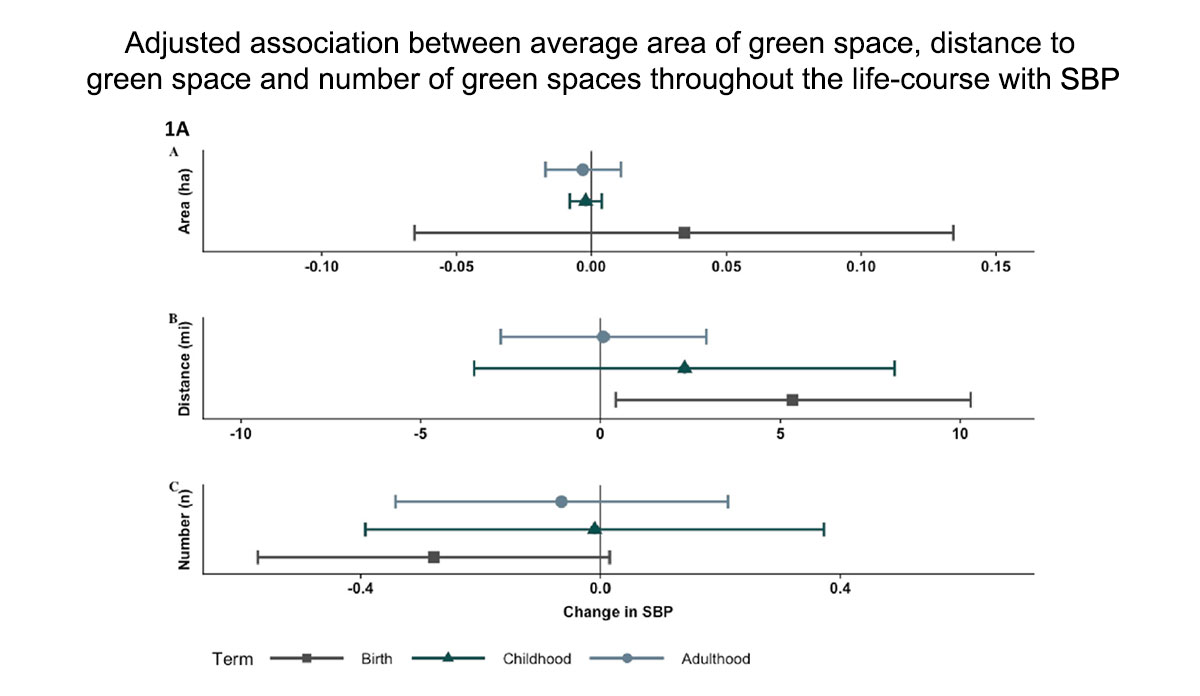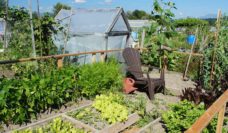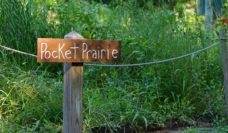Take a moment to visualize the nearest green space to you. What comes to mind? Is it the local dog park or playground? The empty corner lot overgrown with shrubs? Or maybe it’s your neighborhood’s burgeoning community garden.
Regardless of what you envisioned, studies show access to green space improves mental health and reduces the risk of dying from cardiovascular disease. But does all green space yield the same health benefits? Researchers led by Dr. Marcia Jimenez explored different green space features and their effect on systolic blood pressure (SBP). Elevated SBP is a known risk factor for cardiovascular disease.
The team examined data from the New England Family Study, which enrolled Boston and Providence families in 1960 and followed them until 2000. They analyzed all green space within a one-mile walking distance of participants’ homes at birth, childhood, and adulthood.
The middle section of the figure above shows the distance between place of birth and green space as the only measure that significantly affected systolic blood pressure. Participants born more than one mile from the nearest green space experienced increased blood pressure in adulthood. The size and total number of nearby green spaces did not produce meaningful changes. Furthermore, neighborhood green space near participants’ childhood or adulthood homes did not significantly alter blood pressure.
The team then analyzed four categories of green space—parks, playgrounds, golf courses, and cemeteries—to see if type of green space mattered. Blood pressure increased the most when participants lived far away from parks. Proximity to other types of green space delivered insignificant effects.
These findings suggest that parks in the lives of infants could improve overall cardiovascular health over the life course.
Databyte via Jimenez MP, Wellenius GA, James P, Subramanian SV, Buka S, Eaton C, et al. Associations of types of green space across the life-course with blood pressure and body mass index. Environmental Research. 2020;185:109411.














